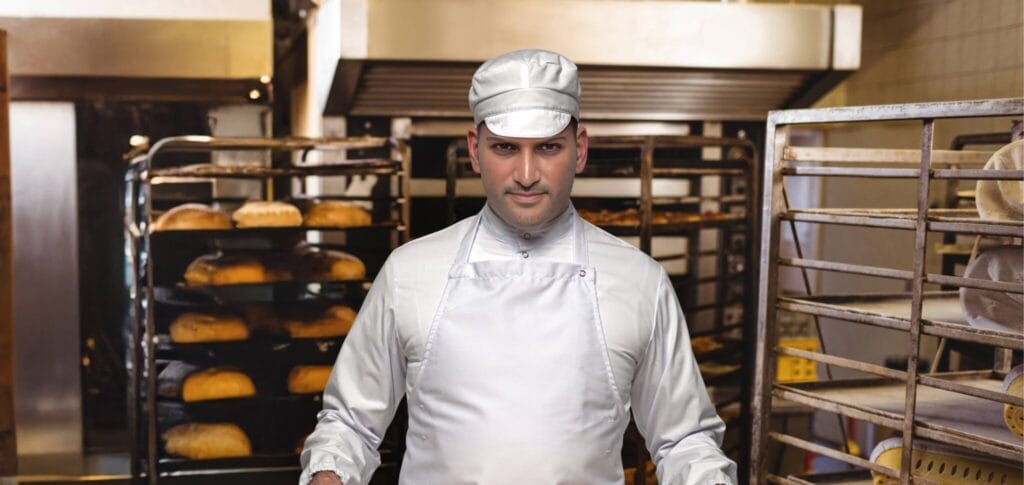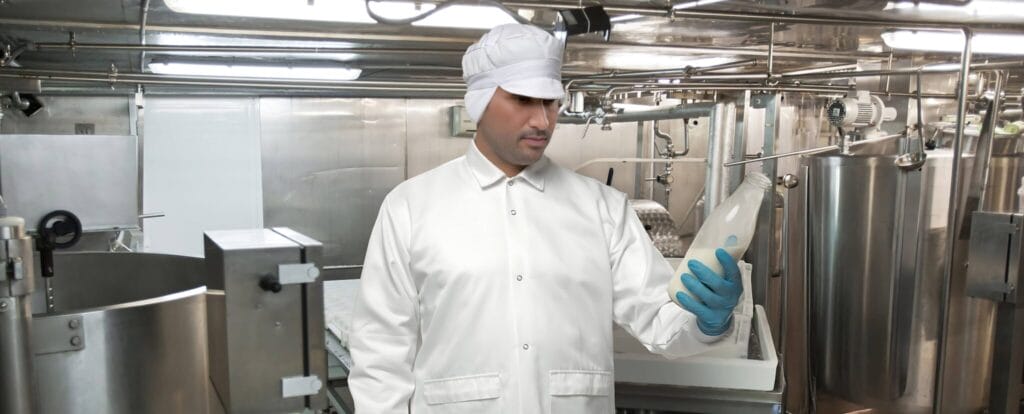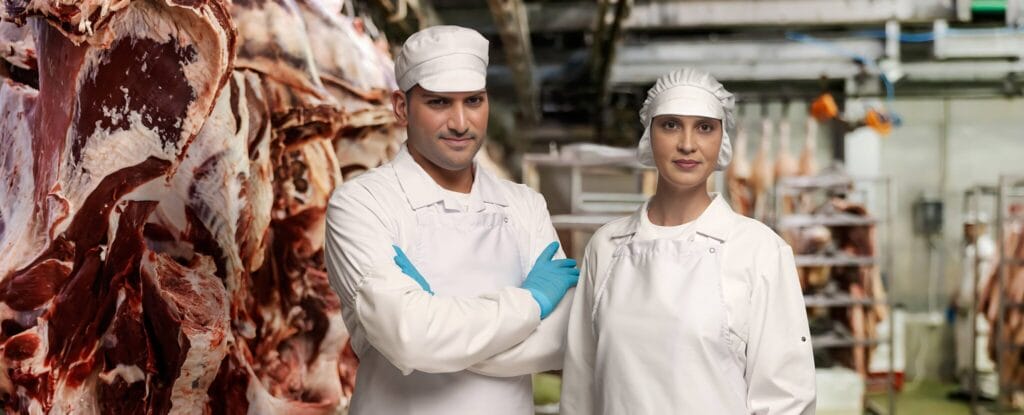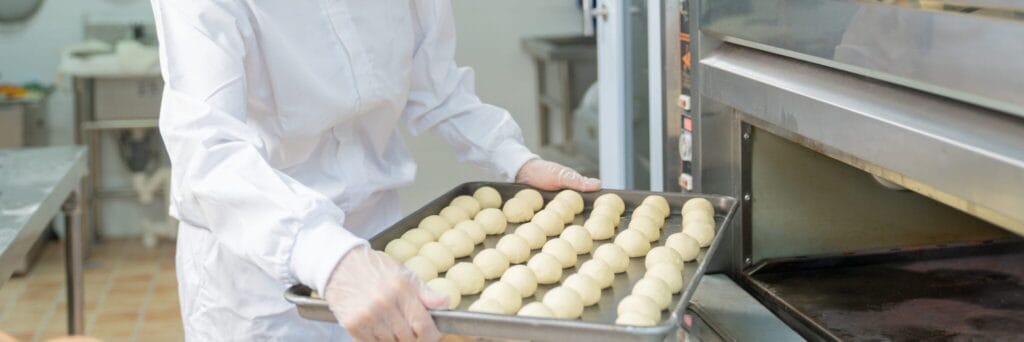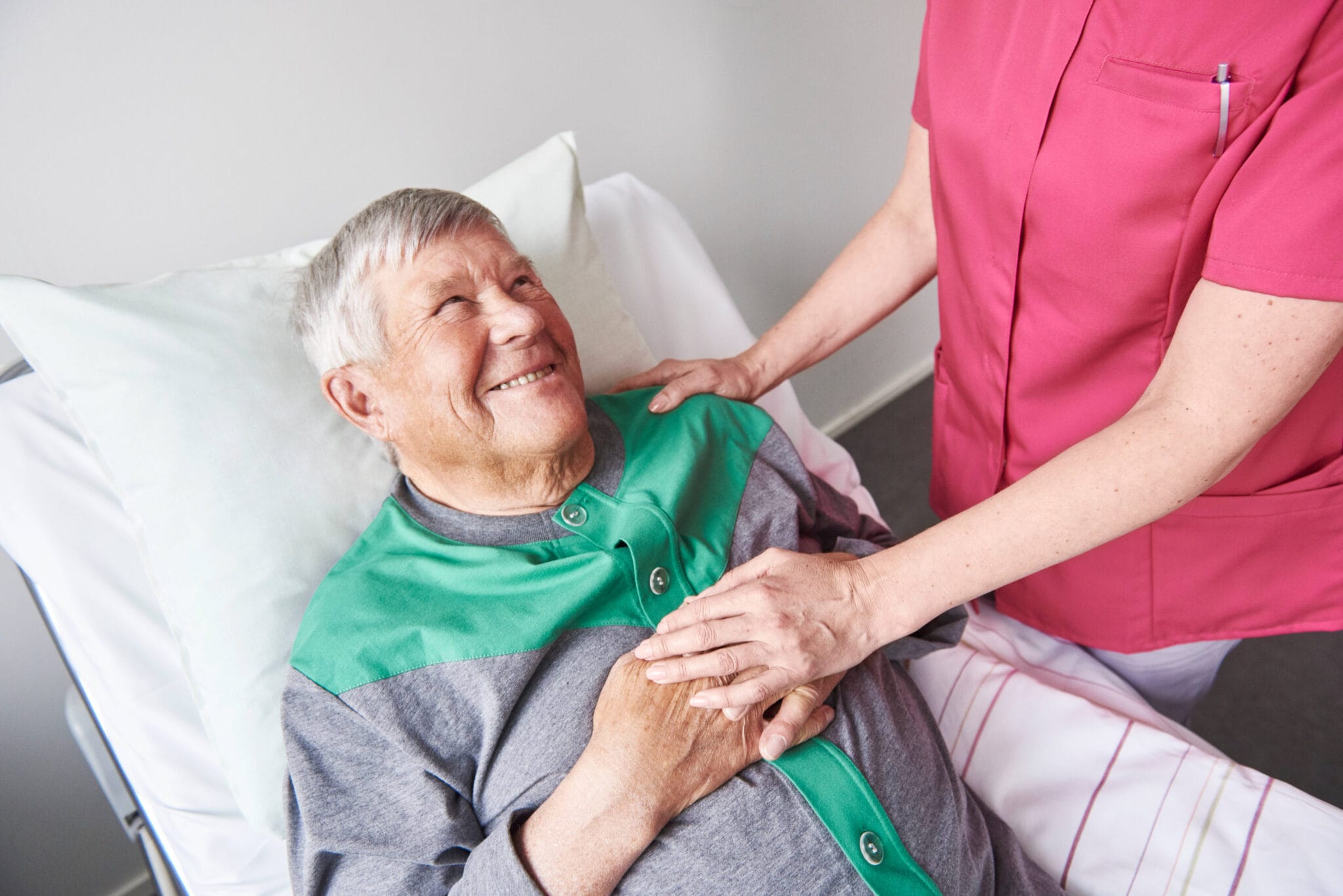
Hygienically clean linen management in healthcare is a great responsibility
Handling infectious linens, workwear, and other textiles
Ensuring not only clean but hygienically clean linens and textiles is of the utmost importance when it comes to healthcare surroundings, claims Lindström’s Aniruddha Banerjee.
Individuals enter various healthcare settings seeking safe, high-quality care. Patients, as well as the individuals who provide care, access healthcare environments with the hope that they will function as structured settings that promote healthy outcomes. Nonetheless, the transmission of infections within healthcare settings presents complications that can negatively affect patient and institutional well-being.
Hygienically Clean is an established threshold that guides the reduction of pathogens on textile products to levels that pose no threat of human illness. Hygienically clean linen means both: Hygienic (pathogen elimination); and Clean (inorganic removal, attractive appearance).
Healthcare-associated infections (HAIs) run a high cost
Although numerous improvement efforts are ongoing, the prevalence of healthcare-associated infections (HAIs) remains a significant risk and cost within healthcare environments around the world. Because HAIs are identified as infections that arise specifically within healthcare settings, the continued prevalence of HAIs indicates a need for a better understanding of how aspects of the built environment relate to the transmission of infection, and what design, construction, and operational modifications can be made in the built environment of healthcare to support HAI prevention.
As per WHO, of every 100 hospitalised patients at any given time, 7 in developed and 10 in developing countries will acquire at least one healthcare-associated infection. The annual financial losses due to healthcare-associated infections are also significant: they are estimated at approximately €7 billion in Europe,(including direct costs only and reflecting 16 million extra days of hospital stay), and at about US $6.5 billion in the USA.
Contaminated healthcare linens are a perfect breeding ground for bacteria
The environment in which linens are used in healthcare is often ideal for the proliferation and spread of bacteria and viruses.

Often the patient, in a weakened or compromised state, is lying on a sheet. That sheet under the patient’s body is warm, dark, and sometimes damp. Most would agree that those conditions are considered ideal for bacteria and viruses to thrive.
Further, the Centre for Disease Control and Prevention (CDC) cautions that healthcare professionals should handle contaminated textiles and fabrics with minimal agitation to avoid contamination of air, surfaces, and people. Soiled linen is never shaken in the air because shaking can disseminate secretions and excretions and the microorganisms they contain.
Healthcare linens are known to harbour a number of microorganisms. Most notably, there is an increased concern that methicillin-resistant Staphyloccus aureus (MRSA) and vancomycin-resistant Enterococcus (VRE) can survive for days on linens. There is further concern that these contaminated linens then become a potential source of cross-contamination.
Research shows coronavirus can survive on healthcare uniforms for three days
Led by microbiologist Dr. Katie Laird, the head of the Infectious Disease Research Group at DMU. , virologist Dr. Maitreyi Shivkumar and postdoctoral researcher Dr. Lucy Owen, the research involved adding droplets of a model coronavirus on polyester, polycotton, and 100% cotton.
The results showed that polyester poses the highest risk of transmission of the virus, with infectious virus still present after three days that could transfer to other surfaces. On 100% cotton, the virus lasted for 24 hours, while on polycotton, the virus only survived for six hours.
The findings show that three of the most commonly used textiles in healthcare pose a risk of transmission of the virus. If nurses and healthcare workers take their uniforms home, they could be leaving traces of the virus on other surfaces.
Last year, in response to the pandemic, Public Health England (PHE) published guidance stating that industrial laundering should be used for healthcare worker uniforms but where it is not possible, staff should take uniforms home to be laundered.
Best practices in textile management for hygienically clean linen
Not inadvertently contaminated before use – it is incumbent upon each facility to ensure that hygienically clean textiles delivered by the partner laundry remain clean once they are delivered to the facility. Each hospital must have a policy and procedure dealing with the transportation and storage of clean textiles as well as for addressing the transportation and storage of contaminated textiles.
Simply put, once textiles are removed from a clean-linen cart or storage room and taken into a patient room, they are considered contaminated. Here are some suggestions:
- Never carry clean or soiled textiles against a uniform. One never knows what contaminants are on a uniform, and bacteria will transfer.
- Never carry clean or contaminated textiles cradled in unclothed arms, for the same reason — bacterial transfer. Wear gloves and carry only what can be carried safely.
- Never stage clean textiles outside of a room or on a shelf outside of a room. Contaminated surfaces abound.
- Always ensure that clean textiles are stored on shelving units that are covered; even in clean storage rooms, textiles should always be covered.
The skin comes in contact with textiles more in a hospital than many realise. Whether textiles come from an HLAC-accredited laundry plant or an on-premises laundry, ensuring hygienically clean textiles from processing, distribution and on to patient use cannot be taken lightly.
Best practices for textile management in hospitals:
- Separation during storage of clean and soiled linen.
- Keep linen covered at all times.
- Secure access to clean linen.
- Use proper hand hygiene when touching clean linen and when removing soiled linen.
- Keep the linen room clean from top to bottom.
Best practices for textile management in the healthcare laundry:
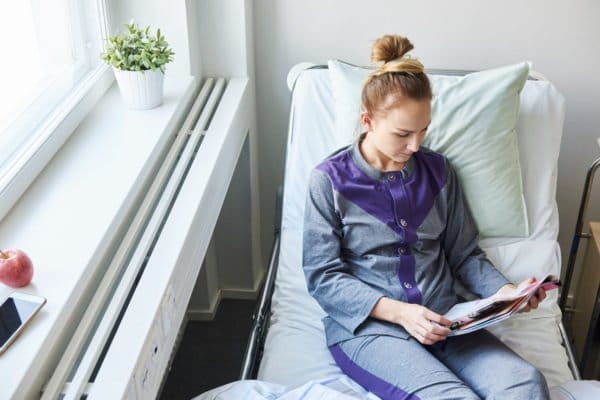
- Proper collecting and sorting of contaminated hospital textiles.
- Proper transporting of contaminated hospital textiles.
- Maintaining division of clean and soiled areas in the laundry.
- Appropriate laundering, drying, and ironing of hospital textiles.
- Proper transport and storage of clean hospital textiles.
- Cleaning and disinfection of the plant and transportation fleet.
- Hygienic handling of linen by staff during production and distribution.
According to Fundamentals of Nursing, there are some best practices that it would also be wise for healthcare professionals to adopt when handling linens:
- You should always wash your hands after handling a patients bed linens.
- You should hold soiled linen away from your uniform.
- Soiled linen is never shaken in the air because shaking can disseminate the micro-organisms they contain.
- Linen from one patient’s bed is never (even momentarily) to be placed on another patient’s bed.
- Soiled linens should be placed directly into a portable linen hamper or tucked into a pillowcase and the end of the bed before it is gathered up for disposal in the linen hamper or linen chute.
Ever vigilant and ever hygienically clean, it is a great responsibility. The focus of healthcare personnel should be on patient care, leaving the healthcare textile management to the experts, who understand all there is to know about ensuring hygienically clean textiles to use, at all times.
Outsource your non-core healthcare textile management to the experts
- Hygienically clean linen, in stock and on time
- On-demand availability and production
- Technology-enabled product life-cycle visibility
- Pricing transparency with no hidden costs
- Stock optimisation
- Inventory Management
- Eco-efficient washing
- End-of-life textile recycling
Frequently Asked Questions (FAQ)
In healthcare, hygienically clean linen is vital because contaminated textiles can harbor harmful microorganisms. In this case, risks of infection are posed to staff and patients. Lindström stresses that linen must be kept clean all through its lifecycle. For maintaining a safe healthcare environment, it requires the staff to launder it and patients to use it properly.
Hospitals should implement strict protocols with separating clean also soiled linens during storage. Linen needs to be kept covered up, and access to the clean linen needs to be secure. A clean linen room matters along with proper hand hygiene for linens.
Like other experts, Lindström lets healthcare facilities focus upon patient care as it ensures linen management is meeting high hygiene standards. Lindström provides some of the services that do include the hygienically clean linen availability along with inventory management. They do also offer some eco-efficient washing processes.
During transportation, Lindström ensures clean linens are kept separate from soiled ones. This separation is needed in order that recontamination can be prevented. Their transport vehicles stay clean via sanitary handling methods. This is done for upholding the integrity of clean textiles.
They use green washing techniques and end-of-life textile recycling services. By the act of consuming fewer resources and impacting on the environment to a lesser extent, they solve sustainably without any compromising of hygiene standards.
